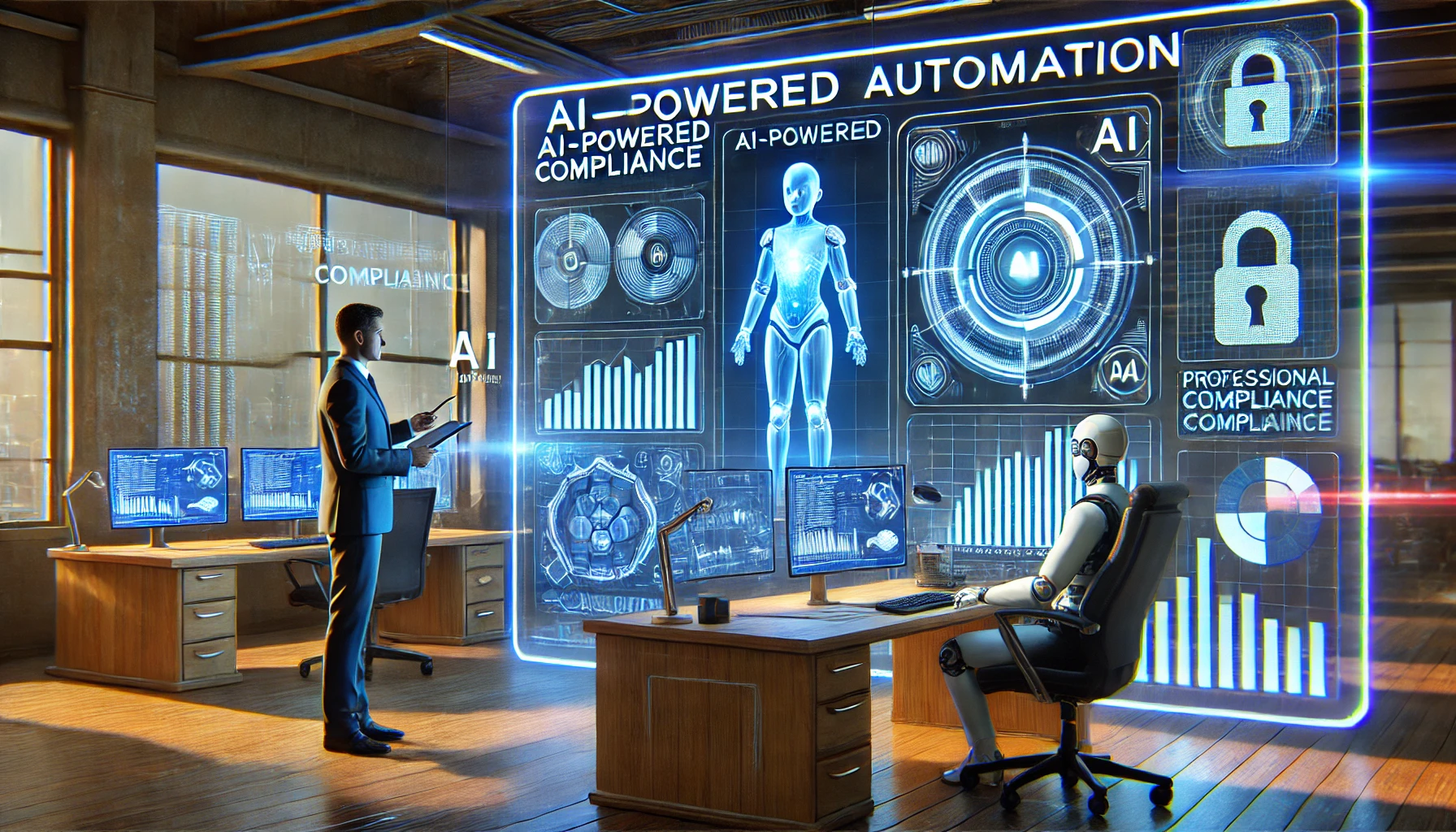How AI will Transform Security Certification Strategies in 2025
The traditional approach to managing security certifications has long been characterized by manual processes, extensive documentation, and resource-intensive audits. However, artificial intelligence and automation are fundamentally reshaping how organizations approach compliance. Let's explore how these technologies are transforming compliance strategies and what it means for your certification programs.
Transforming Compliance Through AI-Driven Automation
Real-Time Compliance Monitoring Gone are the days of point-in-time assessments and periodic reviews. Modern AI-powered compliance tools provide continuous monitoring capabilities, enabling organizations to maintain a real-time view of their compliance status. These systems can:
- Monitor security controls automatically across multiple frameworks (ISO 27001, SOC 2, PCI DSS)
- Alert teams to potential compliance gaps before they become audit findings
- Track and validate remediation efforts in real-time
Intelligent Documentation Management One of the most significant pain points in compliance has always been documentation. AI is revolutionizing this aspect by:
- Automatically collecting and categorizing compliance evidence
- Maintaining current and accurate documentation with minimal human intervention
- Creating audit-ready reports that map controls across multiple frameworks
Predictive Analytics in Compliance AI's ability to analyze patterns and predict potential issues is changing how organizations approach risk management:
- Identifying compliance risks before they materialize
- Forecasting resource needs for upcoming certification requirements
- Suggesting proactive measures based on historical compliance data
Strategic Impact on Certification Programs
Resource Optimization AI-driven automation is allowing organizations to reallocate their compliance resources more strategically:
- Reducing time spent on routine compliance tasks by up to 70%
- Enabling compliance teams to focus on strategic risk management
- Improving the accuracy and consistency of compliance activities
Framework Integration Modern AI tools are making it easier to manage multiple compliance frameworks simultaneously:
- Automatically mapping controls across different standards
- Identifying overlapping requirements to reduce duplicate efforts
- Maintaining continuous compliance across multiple certifications
Practical Implementation Strategies
- Assessment and Planning Before implementing AI in your compliance program:
- Evaluate current compliance processes and identify automation opportunities
- Assess the maturity of existing compliance programs
- Define clear objectives and success metrics for AI implementation
- Phased Implementation A successful AI compliance strategy typically follows this progression:
- Begin with automating basic compliance monitoring and documentation
- Gradually introduce predictive analytics and risk assessment capabilities
- Finally, implement advanced features like automated control testing
- Integration with Existing Systems Ensure your AI compliance solution:
- Integrates seamlessly with existing security tools and platforms
- Provides clear audit trails for all automated activities
- Maintains compliance with data protection requirements
Future Considerations
As AI technology continues to evolve, organizations should prepare for:
- Enhanced machine learning capabilities that improve compliance accuracy
- Greater integration between compliance and operational systems
- More sophisticated predictive analytics for risk management
The Role of Human Expertise While AI is transforming compliance strategies, human expertise remains crucial:
- Interpreting complex compliance requirements
- Making strategic decisions based on AI-generated insights
- Maintaining relationships with auditors and certification bodies
Recommendations for Organizations
- Invest in AI-powered compliance platforms that align with your certification needs
- Develop clear processes for validating AI-generated compliance data
- Train compliance teams to effectively use AI tools while maintaining their domain expertise
- Regularly assess and update your AI compliance strategy based on results and changing requirements
Conclusion AI and automation are not just changing how we approach compliance – they're redefining what's possible in security certification programs. Organizations that embrace these technologies while maintaining a balanced approach with human expertise will be best positioned to manage their compliance requirements effectively and efficiently.

